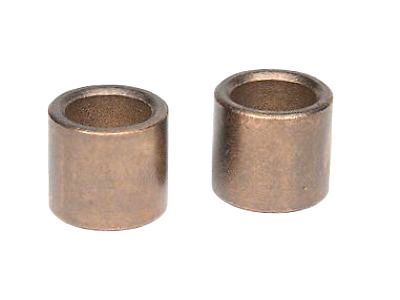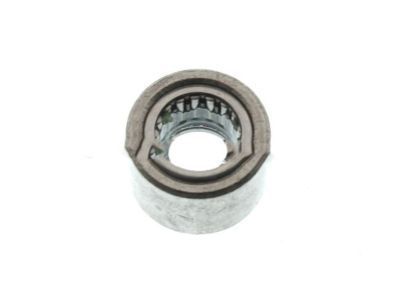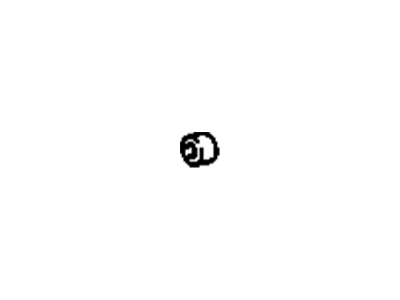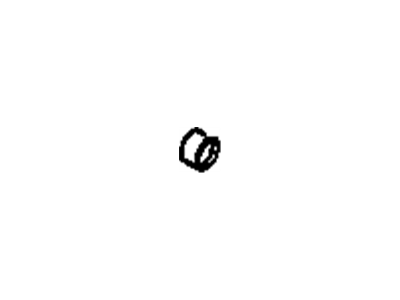
My Garage
My Account
Cart
Genuine Pontiac Firebird Pilot Bearing
Clutch Pilot Bearing- Select Vehicle by Model
- Select Vehicle by VIN
Select Vehicle by Model
orMake
Model
Year
Select Vehicle by VIN
For the most accurate results, select vehicle by your VIN (Vehicle Identification Number).
4 Pilot Bearings found
Pontiac Firebird Bearing,Clutch Pilot
Part Number: 14061685$18.21 MSRP: $34.36You Save: $16.15 (47%)Ships in 1-2 Business Days
Pontiac Firebird Pilot Bearing
Each OEM Pontiac Firebird Pilot Bearing we offer is competitively priced and comes with the assurance of the manufacturer's warranty for the part. Furthermore, we guarantee the speedy delivery of your orders right to your doorstep. Our hassle-free return policy is also in place for your peace of mind.
Pontiac Firebird Pilot Bearing Parts Questions & Experts Answers
- Q: How to remove and install the clutch pilot bearing on Pontiac Firebird?A:Starting a little more gently you pull out the transmission and then proceed to take of the clutch. The pilot bearing is there to receive the forward end of the transmission input shaft in the form of bearing pressed on the end of the crankshaft and bugs service when the clutch is removed. Clean the bearing, using a blade, and check for wear and damages; in case of wear, use a new bearing. It can be performed with a special nut-buster, or, if necessary, with the help of hydraulic instruments. Hydraulic method: look for a strong steel bar that should be slightly smaller than bearing i.d, usually of a size 19/32 inch. Cob the bearing and the region behind it with thick grease, and try to avoid as much air in the depression as possible. Place the bar in the bearing bore and strike it gently with a hammer and this will in a way exert pressure on the grease to push the bearing out. This type requires that the grease is cleaned from the crankshaft after removal. Before fitting the new bearing, one is required to spread a thin layer of oil over the outer surface of the bearing, and then drive it into place with the bearing driver made out of a steel bar and a soft-faced hammer so that the radius is now turned outwards from the bore. The other steps of installation are the reverse of the steps of uninstallation as mentioned above.
Related Pontiac Firebird Parts
Browse by Year
2002 Pilot Bearing 2001 Pilot Bearing 2000 Pilot Bearing 1999 Pilot Bearing 1998 Pilot Bearing 1997 Pilot Bearing 1996 Pilot Bearing 1995 Pilot Bearing 1994 Pilot Bearing 1993 Pilot Bearing 1989 Pilot Bearing 1988 Pilot Bearing 1987 Pilot Bearing 1986 Pilot Bearing 1985 Pilot Bearing 1984 Pilot Bearing 1983 Pilot Bearing 1982 Pilot Bearing












